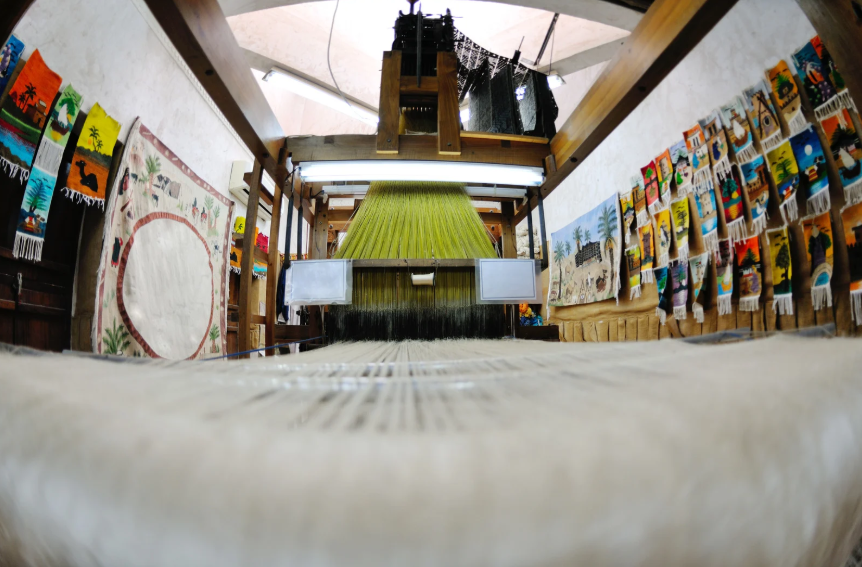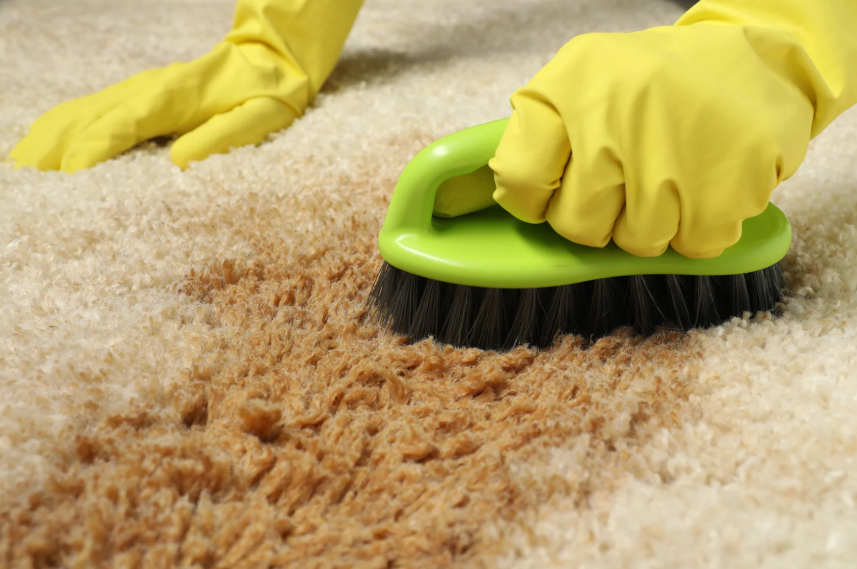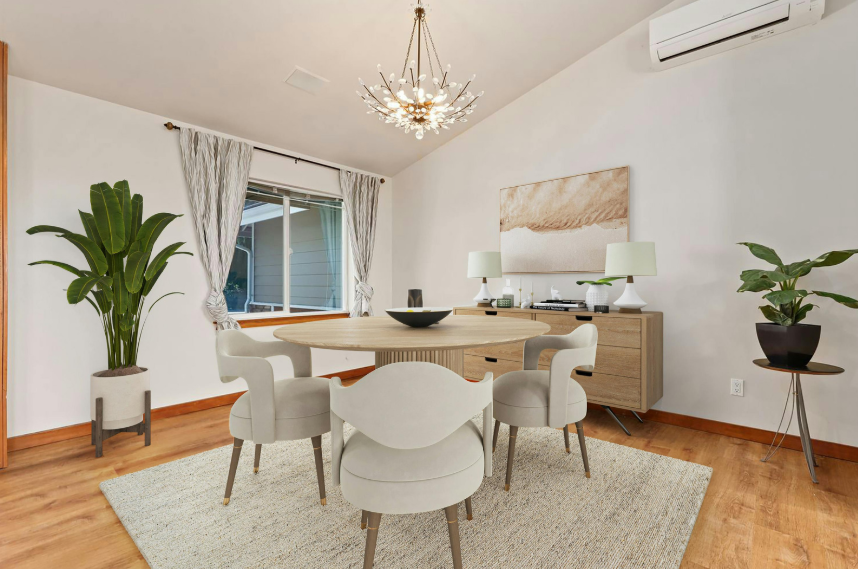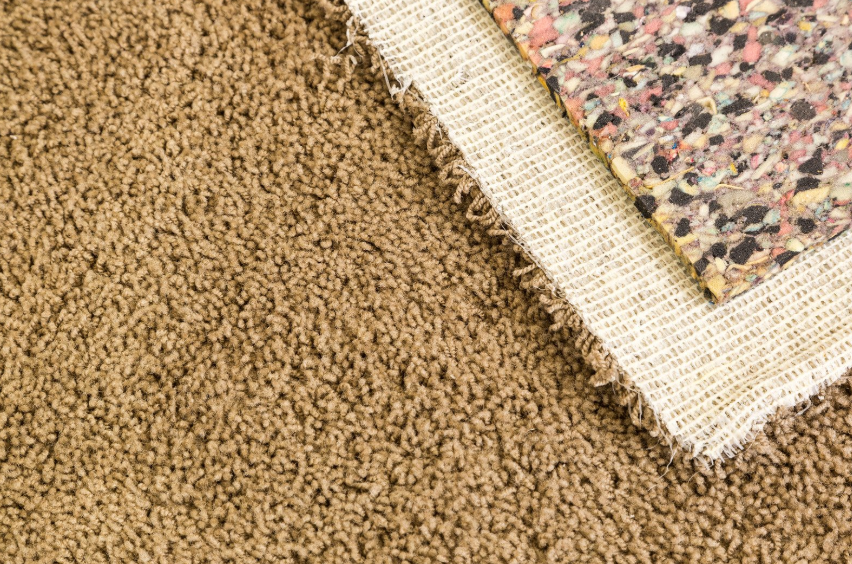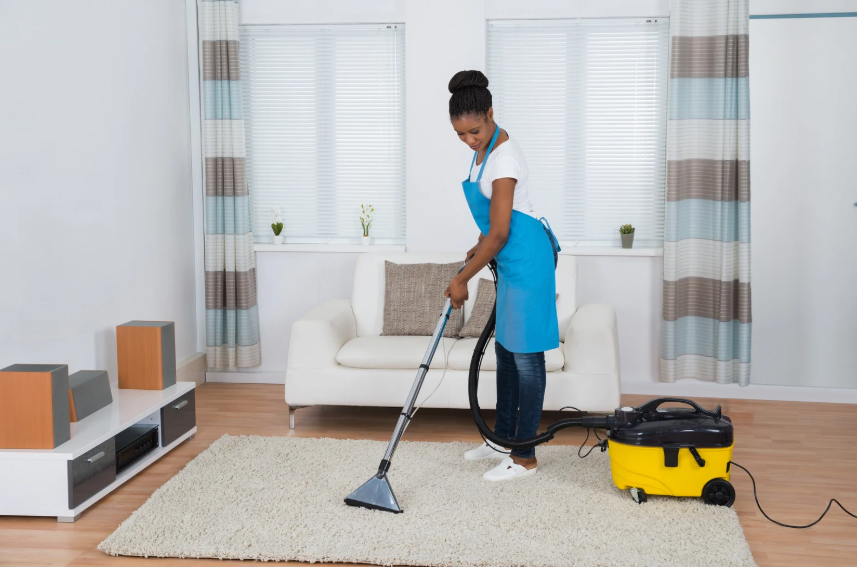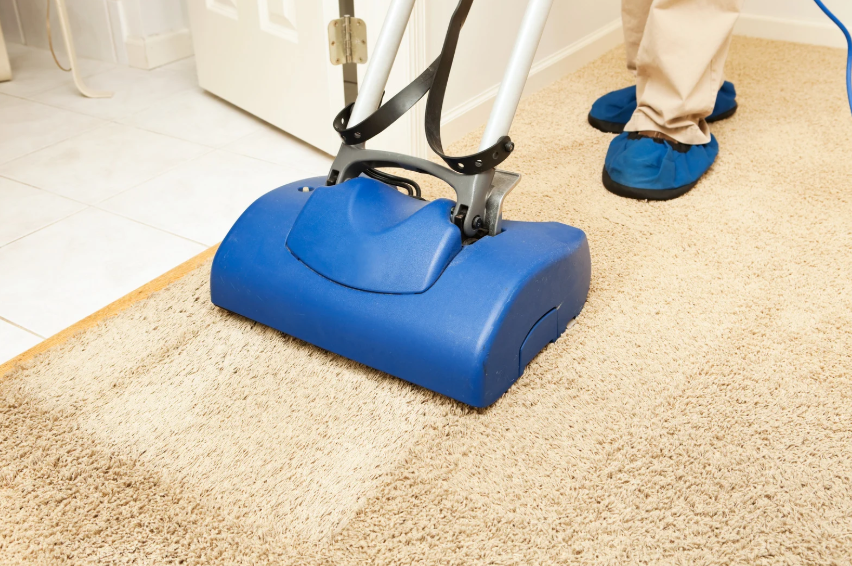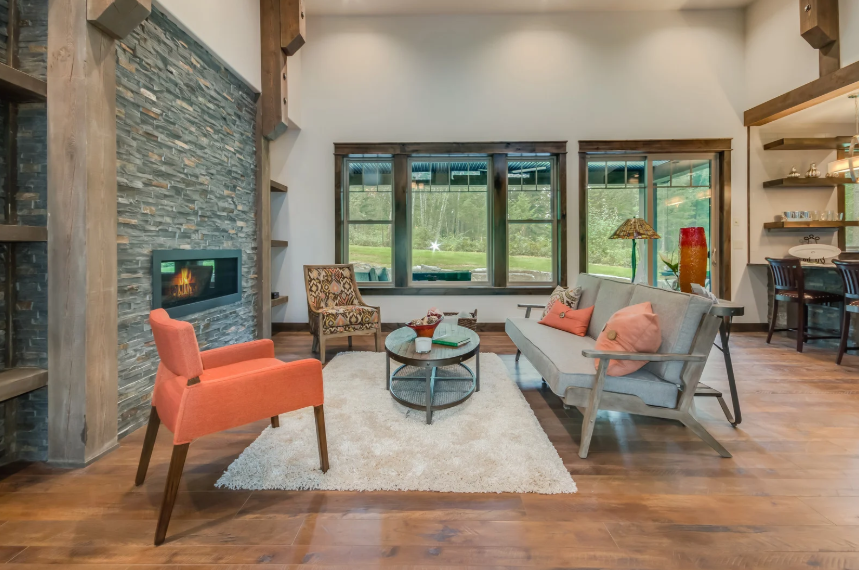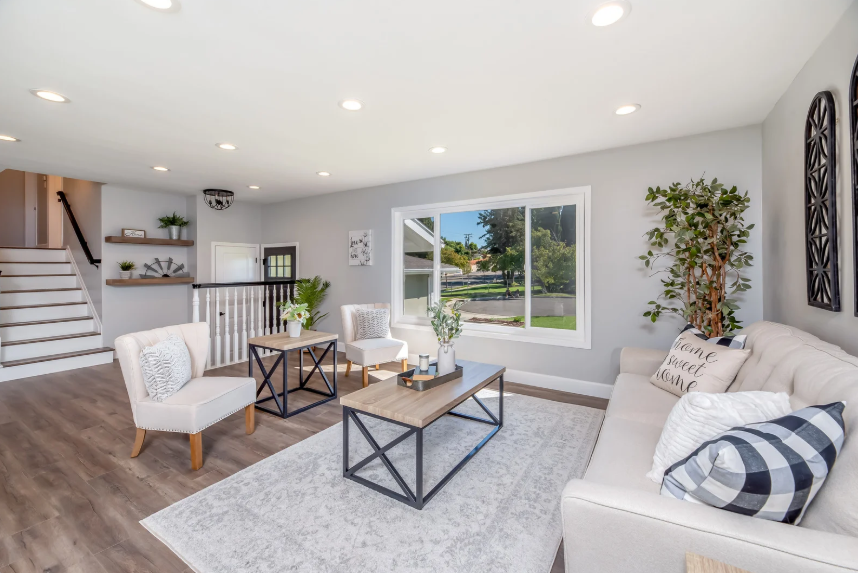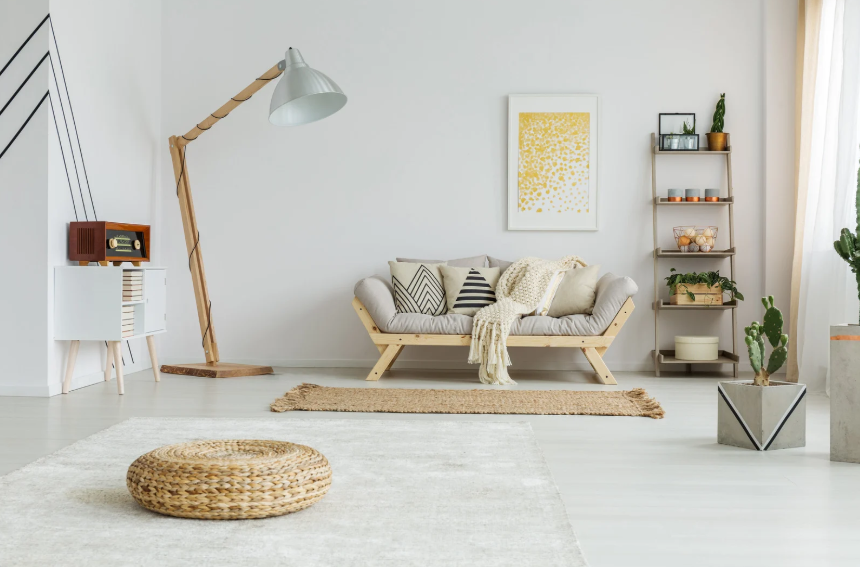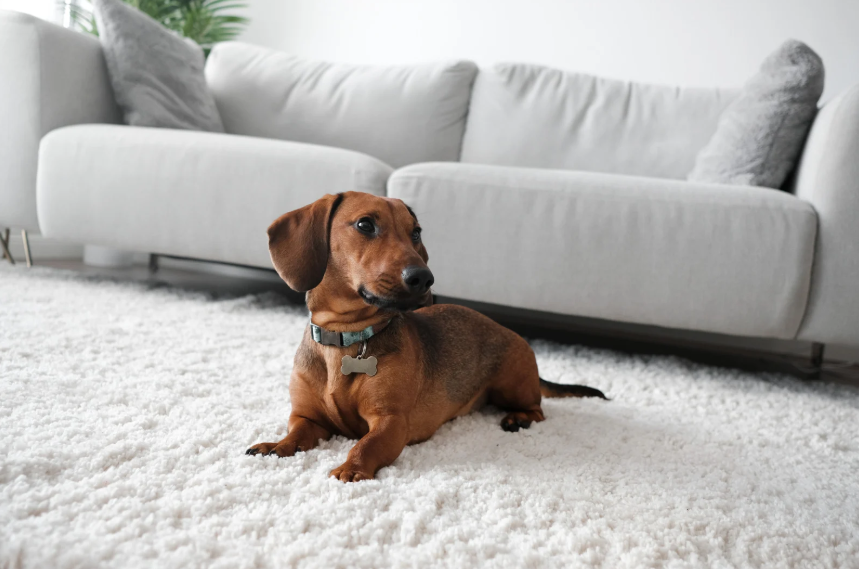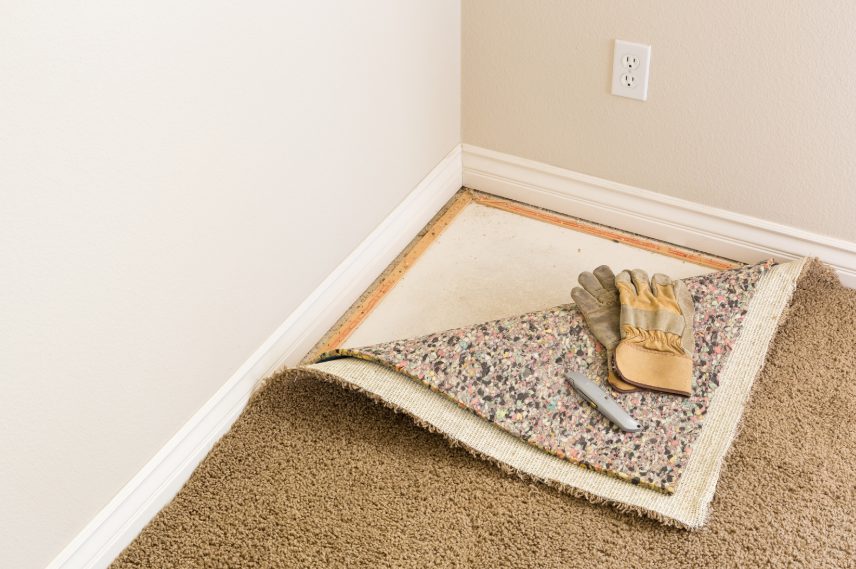
Rugs are more than just floor coverings—they're essential to your home's decor, comfort, and functionality. However, maintaining their beauty and integrity over time can be a challenge. Daily foot traffic, furniture weight, and environmental factors contribute to wear and tear. The solution? High-quality rug padding.
Rug padding prevents wear and tear by acting as a cushion between your rug and the floor, reducing strain on the rug fibers and extending its lifespan. At Costikyan, we specialize in premium rug padding services designed to protect your investment and preserve your rug's aesthetic appeal for years.
In this article, we'll explore the critical role rug padding plays in preventing wear and tear, the different types of Padding available, and how to choose the best one for your rug.
What Is Rug Padding, and Why Is It Essential?
Rug padding is placed underneath your rug to provide support, cushioning, and protection. While often overlooked, it's vital for maintaining your rug's condition and enhancing its functionality.
Without Padding, rugs are prone to premature wear, especially in high-traffic areas. Over time, the constant friction between the rug and the floor can cause fiber damage, uneven wear, and even safety issues due to slipping.
How Rug Padding Prevents Wear and Tear
Rug padding serves multiple purposes that collectively protect your rug from wear and tear:
Reduces Friction
Friction is one of the primary causes of rug deterioration. When rugs are laid directly on hard surfaces, they rub against the floor with every step, leading to thinning and fraying of fibers. The Padding creates a barrier that minimizes this friction, preserving the rug's integrity.
Absorbs Impact
Foot traffic and furniture weight exert constant pressure on rugs. Over time, this can compress and weaken the fibers. The Padding absorbs the impact of footsteps and furniture, acting as a buffer that reduces strain on the rug.
Prevents Wrinkles and Creases
Without Padding, rugs can shift, bunch up, or develop wrinkles. These imperfections affect the rug's appearance and contribute to uneven wear. Padding helps keep the rug flat and stable, ensuring an even pressure distribution.
Protects Against Dirt and Moisture
Rugs in busy households are often exposed to dirt, spills, and moisture. Padding creates a protective layer that keeps these elements from seeping through the rug to the floor, preventing stains and mildew.
Enhances Air Circulation
A padded rug allows for better air circulation between the rug and the floor, reducing the risk of moisture buildup that can weaken the rug's fibers over time.
The Benefits of Rug Padding
Investing in rug padding offers numerous advantages that go beyond wear and tear prevention:
Prolongs Rug Lifespan
Rug padding helps maintain your rug's structural integrity by reducing friction, impact, and shifting, significantly extending its lifespan.
Improves Safety
Padding keeps rugs securely in place, reducing the risk of slips, trips, and falls—an essential consideration for households with children or elderly family members.
Enhances Comfort
A padded rug feels softer and more luxurious underfoot, adding to the comfort and coziness of your home.
Preserves Floors
Rug padding prevents scratches, dents, and discoloration on hardwood or tile floors caused by the rug's backing.
Minimizes Noise
Padding absorbs sound, reducing noise levels in your home—a particularly valuable benefit in multi-story buildings.
Types of Rug Padding
Choosing the proper rug padding is crucial for maximizing its benefits. Here's a breakdown of the most common types of rug padding:
Felt Padding
Best For: Large, heavy rugs.
Benefits: Offers excellent cushioning and durability. It's eco-friendly and works well on hardwood floors without causing scratches.
Drawbacks: Not suitable for rugs in high-traffic areas, which are prone to slipping.
Rubber Padding
Best For: Lightweight rugs prone to slipping.
Benefits: Provides a non-slip grip and is ideal for tile or stone floors.
Drawbacks: Less cushioned compared to felt Padding.
Felt-Rubber Combination Padding
Best For: High-traffic areas and homes with pets or children.
Benefits: Combines the cushioning of felt with the grip of rubber, offering the best of both worlds.
Drawbacks: Slightly more expensive than single-material Padding.
Memory Foam Padding
Best For: Comfort-focused areas like bedrooms or living rooms.
Benefits: Provides superior cushioning and comfort underfoot.
Drawbacks: Less durable in high-traffic areas.
Synthetic Padding
Best For: Moisture-prone areas like kitchens or basements.
Benefits: Resistant to water and mildew, making it ideal for damp environments.
Drawbacks: Natural materials are more eco-friendly.
How to Choose the Right Rug Padding
Selecting the best rug padding depends on several factors, including the type of rug, the flooring underneath, and the room's specific needs.
Consider the following:
- Rug Material: Delicate materials like silk require softer Padding to prevent damage.
- Flooring Type: Use non-slip Padding on smooth surfaces like tile or hardwood.
- Room Functionality: Opt for durable Padding in high-traffic areas and cushioned Padding in comfort-focused spaces.
- Rug Size: Larger rugs may need less grip-focused Padding than smaller ones.
Costikyan's Rug Padding Services
At Costikyan, we specialize in tailored rug padding services that cater to your rug's unique needs. Our experts assess your rug's material, size, and usage to recommend the perfect padding solution.
Why Choose Costikyan?
Expert Knowledge: With over a century of experience, we understand rug care and protection nuances.
- High-Quality Materials: We use only premium padding materials to ensure long-lasting results.
- Custom Solutions: Each rug receives a personalized approach to meet its specific requirements.
- Comprehensive Care: Besides Padding, we offer cleaning, restoration, and maintenance services to keep your rug in top condition.
Common Myths About Rug Padding
Despite its importance, rug padding often needs to be understood. Let's clear up a few misconceptions:
Myth 1: "Rug Padding Isn't Necessary."
Truth: Without Padding, your rug is more susceptible to wear, damage, and shifting, compromising its longevity.
Myth 2: "All Padding Is the Same."
Truth: Different types of Padding serve different purposes. Choosing the wrong one can diminish its effectiveness.
Myth 3: "Padding Is Only for Large Rugs."
Truth: Even small rugs benefit from Padding, especially in high-traffic or slippery areas.
Maintenance Tips for Padded Rugs
While rug padding significantly reduces wear and tear, proper maintenance is essential to maximize its benefits.
- Vacuum Regularly: Keep the rug and Padding clean to prevent dirt buildup.
- Rotate Your Rug: This ensures even wear across the surface.
- Check Padding Periodically: Inspect the Padding for signs of wear and replace it as needed.
- Schedule Professional Cleaning: Annual professional cleaning by Costikyan helps keep your rug and Padding in optimal condition.
The Cost-Effectiveness of Rug Padding
Although rug padding requires an upfront investment, it saves money in the long run by:
- Extending the lifespan of your rug.
- Reducing the need for frequent repairs or replacements.
- Minimizing flood damage, which can be costly to fix.
With its many benefits, rug padding is a cost-effective solution that pays for itself over time.
Conclusion
Rug padding is an essential yet often overlooked component in preserving rugs. By minimizing friction, absorbing impact, and enhancing stability, rug padding prevents wear and tear, protecting your investment and keeping your rug looking its best for years.
At Costikyan, we're dedicated to providing exceptional rug padding services catering to your rug's needs. Whether you have an heirloom Persian rug or a modern wool masterpiece, we offer solutions that ensure longevity and beauty.
Contact us today to learn more about our rug padding options and discover how we can help protect your cherished rugs. Visit us at Costikyan for expert rug care services tailored to your home.

